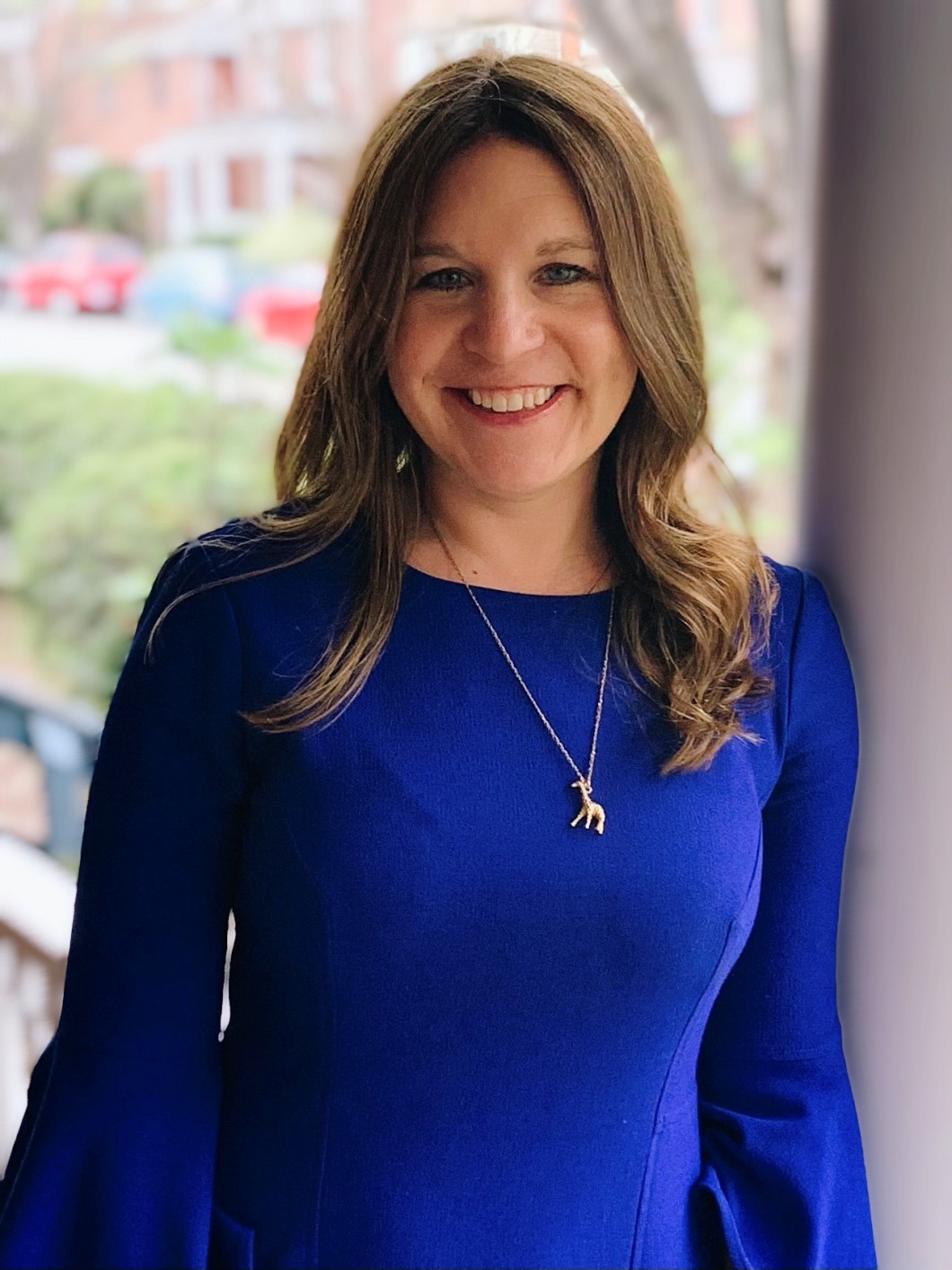
Begin Your Data Journey with AMAtlas
No matter where you are on your data journey, just like a map or an atlas, CASE AMAtlas is here to help point you in the right direction and ensure you meet your destination.
CASE’s Jenny Cooke Smith, Senior Director of AMAtlas, shares everything you need to know about AMAtlas and provides a preview of what’s to come on the research agenda—and how you can get started.
We want to know your thoughts. Whether you’re new to data in advancement or a seasoned pro, we’re looking for feedback about CASE AMAtlas. Take our quick survey here.

How would you explain to someone unfamiliar with CASE’s AMAtlas why a resource like this is important to their work?
Jenny Cooke Smith: I think it’s easiest to begin with the name—AMAtlas—which represents advancement metrics across the globe. This highlights two key aspects of offerings. First, we are not just examining fundraising benchmarks and trends. Our surveys and their corresponding reports and services are based on key performance indicators needed to support an integrated advancement shop, including philanthropy, alumni relations, and marketing and communications.
Second, the global nature of our work is unique to CASE. For example, the Alumni Engagement Metrics survey collects responses from institutions in 16 countries and counting. The newly released CASE Global Reporting Standards will provide a foundation to develop global benchmarks, complete with counting guidelines, ethical considerations, and a unified definition on educational philanthropy.
When I have the opportunity to speak directly with advancement professionals, they are more often surprised by the broad reach of data and resources provided by CASE, designed to any role within advancement. These resources include direct access to survey responses through platforms such as Data Miner (available to any CASE member, regardless of role) and the visual and interactive Graphical Program Summary reports, available to members who take part in AMAtlas surveys throughout the world.
How does an advancement professional begin a journey with the newly updated CASE Global Reporting Standards and where can it lead them?
JCS: As a starter, be on the lookout for regularly scheduled CASE Global Reporting Standards Introductory Training sessions, which will appear on the Conference and Training calendar. While we know there are some roles that have specific needs for Subject Matter Expert Training, introductory training is perfect for anyone in advancement. This publication is also available for the first time as a digital subscription, allowing subscribers to access revisions and enhancements between editions. The first revision (available only digitally) now includes additional translations in Spanish as well as the popular guide, “Things That Have Changed Since the 4th Edition.”
For professionals with a need and desire for a thorough education on CASE Standards, registration is open for the Global Reporting Standards Course, a self-paced training that includes a bevvy of resources, special access to regular office hours, community of peers, and volunteer round tables. Learners receive a digital certificate and badge upon course completion.
Finally, don’t miss the CASE xChange Podcast featuring the chairs of the Standards Working Group: Matthew Eynon, Vice President for College Advancement, Franklin & Marshall College, and Brian Hastings, President and CEO of the University of Nebraska Foundation as they discuss why standards matter in advancement.
Can you give us some examples of how teams use benchmarking data?
JCS: I think there are three key questions we can answer using benchmarks: how am I doing? Is it good? So what?
The first is inward-looking, and key to understanding the direction of your own results. What did we focus on and did it mean that key measures went up or down? For example, many schools changed strategies to ask for current use funds for students during the pandemic. To answer this question, you would need to see: did my institution increase funding in that area? Did that mean we decreased in capital purposes, such as endowment? Or perhaps your institution collaborated with other teams to capture additional data points CASE includes in the definition for engaged alumni.
You may wish to benchmark your data by simply seeing if you increased the number of alumni engaged in different areas, such as volunteerism, experiential, and/or communication. Once you know your own trends, then it’s crucial to compare against peers. Through the leadership of CASE’s Data Scientist, Sancho Sequeira, we have employed several algorithms to help institutions understand potential peers based on CASE survey and other appended governmental data. This is where schools most often begin to explore areas they are over and under-performing. It is also often the quantitative insights needed to make the case for additional resources, staffing, or simply a pivot in strategic planning.
Finally, perhaps the most important, so what? What good are insights if they aren’t used? That’s been an important area of focus for our team, which led to the creation of Graphical Program Summary (GPS) Reports as a new CASE member benefit as well as custom solutions such as the made-to-order version of the GPS report. This service includes in-depth report reviews with CASE staff, designed to bring teams together so they can access their own responses to “so, what?”
What’s the next step for institutions that are increasing their use of data and research?
JCS: Now that the Alumni Engagement Metrics survey is in its third year, we are looking forward to accessing trends in engagement. These trends are of particular importance because this survey includes aspects of marketing/communication, alumni relations, and philanthropy, meaning we can start to benchmark across the donor continuum.
In coming years, we will continue to incorporate measures specific and important to marketing and communications, such as social media metrics on likes, comments, follows, etc. Our hope is that as institutions look to increase how they are using data and research, they will continue to collaborate outside of traditional silos within development and institutions at large.
Another important initiative is diversity, equity, inclusion, and belonging. We recently launched the first DEI&B survey in the UK, to better understand the diversity of the advancement sector and whether it truly reflects the strategic values of the institutions and the communities served. We expect this to be the first of many surveys over the next years, in collaboration with CASE’s newly launched Opportunity and Inclusion Center.
Finally, with refined campaign counting guidance as part of the new CASE Standards, we’ve just launched a new CampaignSource Survey, in partnership with Marts and Lundy. These benchmarks can be provided for active campaigns in the public phase or closed campaigns. With a goal of transparency in counting, respondents report both campaign commitments and gifts counted based on CASE Standards as well as those that are part of the overall goal that are not counted according to the CASE guidelines.
What else can you find in AMAtlas and what is a good place to start for someone interested?
JCS: Led by the volunteer AMAtlas Advisory committee, we have identified a set of foundational or core metrics, at the heart of advancement benchmarking. If you aren’t currently taking part in a CASE AMAtlas survey, we invite you to join the Core Metrics pilot. Now in its second year, this survey includes what will become a global fundraising survey once the CASE Standards are implemented in 2022-2023.
I also encourage you to study the minimal version of the Alumni Engagement Metrics survey. While you may not yet be ready to take part, survey guidance and the Alumni Engagement White Paper provide an outline for the data points you would need to participate.
Get started with either project by emailing CoreMetrics@case.org or AEM@case.org.










